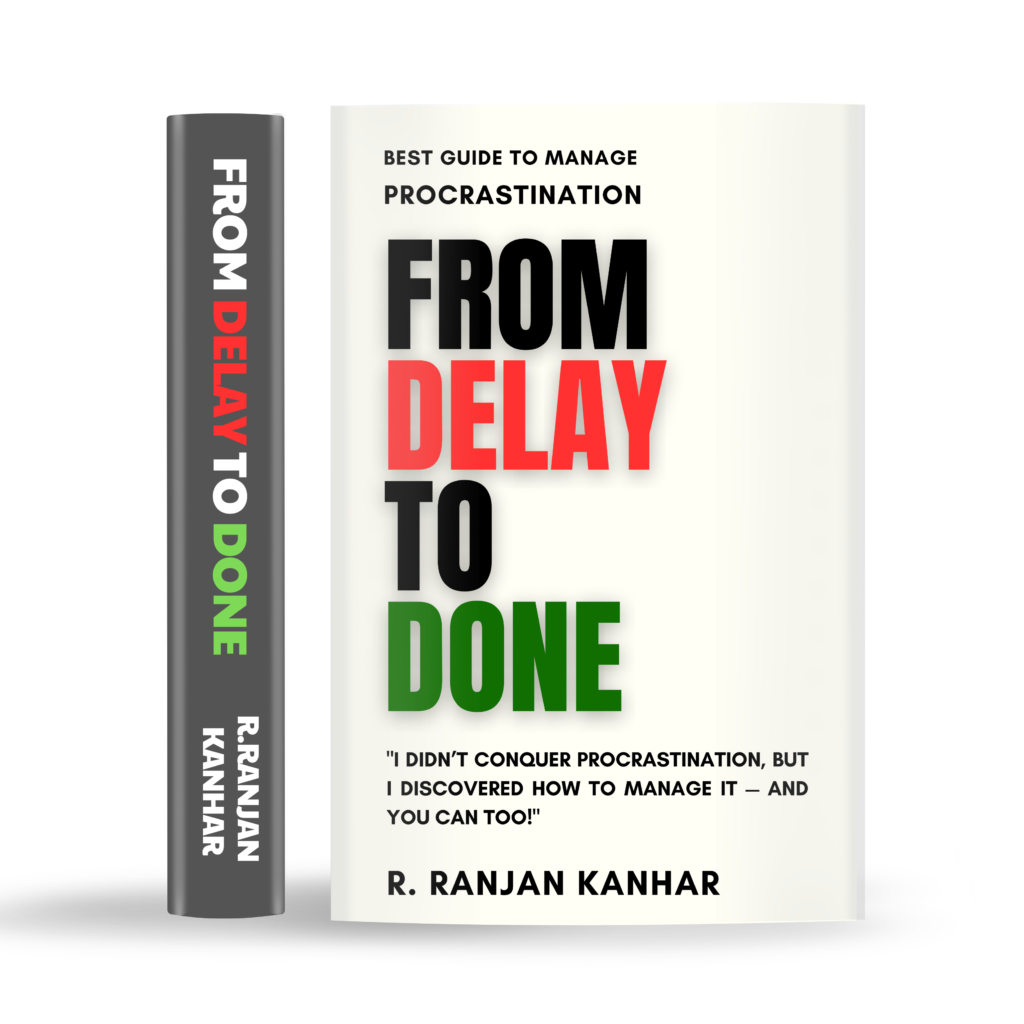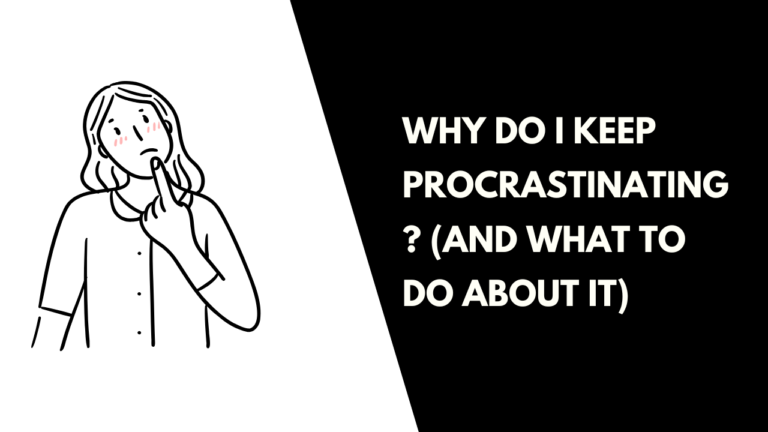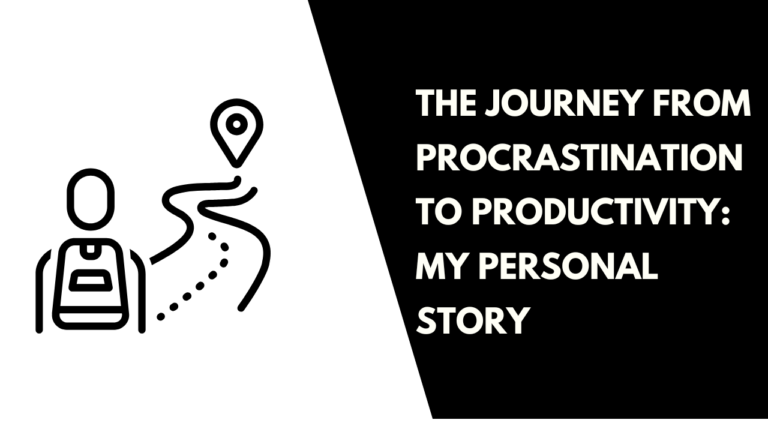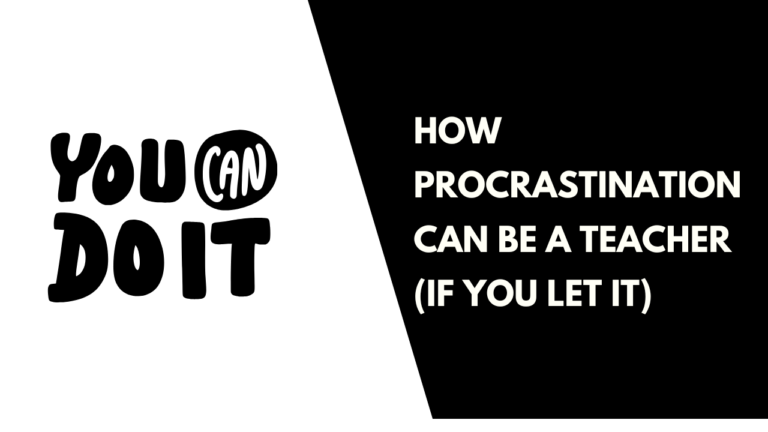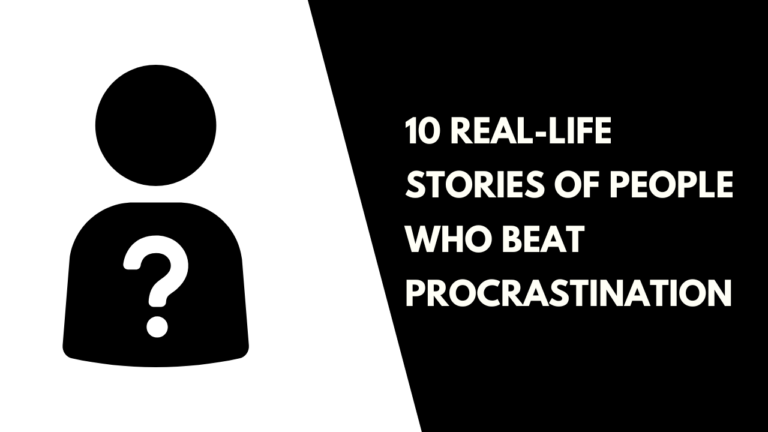What is Procrastination, and How Can You Manage It?
Introduction: Why Do We Keep Delaying Tasks?
You sit at your desk, ready to start an important task, but suddenly, checking your phone feels more urgent. “Just five minutes,” you tell yourself. One hour later, you’re deep into social media, and your work remains untouched. Sounds familiar?
Table of Contents
ToggleThis is procrastination, the silent thief of productivity. We all face it—whether it’s delaying work, avoiding difficult conversations, or postponing fitness goals. But why do we do it, and more importantly, how can you manage it? Let’s dive deep into understanding procrastination and explore strategies to stop procrastination and finally get things done.
What is Procrastination?
Procrastination is the act of delaying or postponing tasks despite knowing the negative consequences. It’s not just laziness; it’s a complex psychological behavior driven by fear, perfectionism, or a lack of motivation.
Types of Procrastination
- The Perfectionist – You delay tasks because you want them to be “perfect.” You overthink, edit endlessly, and fear judgment.
- The Avoider – You put off tasks that make you anxious or uncomfortable, like making a difficult phone call or starting a new habit.
- The Thrill-Seeker – You work best under pressure, so you wait until the last moment to start a task.
- The Overwhelmed – You have too much on your plate and don’t know where to begin, so you do nothing.
Real-Life Example:
I remember in college, I had an assignment due in two weeks. Instead of starting early, I kept telling myself, “I have time.” A day before the deadline, I pulled an all-nighter, submitted subpar work, and promised never to procrastinate again—only to repeat the cycle later.
If you see yourself in any of these types, don’t worry. The key is to recognize your pattern and learn how you can manage it effectively.
Why Do We Procrastinate?
Understanding why we procrastinate is the first step to stop procrastination. Here are some key reasons:
1. Fear of Failure
You fear that your work won’t be good enough, so you delay starting it.
📝 Solution: Shift your mindset. Instead of aiming for perfection, aim for progress.
2. Lack of Motivation
You don’t find the task exciting or meaningful.
📝 Solution: Break the task into smaller, achievable goals. Reward yourself after completion.
3. Distractions & Instant Gratification
Scrolling social media or watching YouTube feels more rewarding than working on an important but boring task.
📝 Solution: Use the Pomodoro Technique—work for 25 minutes, then take a 5-minute break. This helps manage procrastination effectively.
4. Decision Paralysis
Too many choices lead to inaction.
📝 Solution: Prioritize tasks using the Eisenhower Matrix (Urgent-Important vs. Not Urgent-Not Important).
How Can You Manage It?
To stop procrastination, you need practical, easy-to-implement strategies. Here are some proven methods:
1. The 5-Minute Rule
Tell yourself, “I’ll do this task for just five minutes.” Once you start, you’ll often continue beyond five minutes.
📌 Example: If you’re avoiding writing a report, open the document and just type the title. Chances are, you’ll keep going!
2. Break Big Tasks into Smaller Steps
Large tasks feel overwhelming, leading to avoidance. Break them into smaller, manageable steps.
📌 Example: Instead of saying, “I need to write a 10-page essay,” start with, “I’ll write the introduction today.”
3. Use the Pomodoro Technique
Work in short bursts: 25 minutes of focused work + 5-minute break. This keeps your brain engaged without exhaustion.
📌 Example: If you’re struggling with studying, set a timer for 25 minutes. Knowing you get a break soon makes it easier to start.
4. Remove Distractions
Identify your biggest distractions and eliminate them.
📌 Example: If your phone is the culprit, put it in another room while working.
5. Set Deadlines & Accountability
Self-imposed deadlines create urgency, making it easier to beat procrastination.
📌 Example: Tell a friend you’ll send them a draft of your project by Friday. Accountability increases your commitment.
6. Reward Yourself
Celebrate small wins to stay motivated.
📌 Example: After finishing a difficult task, treat yourself to your favorite snack or a short walk.
7. Change Your Environment
A change in surroundings can improve focus and productivity.
📌 Example: If you struggle to work at home, try a café or library.
How I Managed My Procrastination (Personal Story)
For years, procrastination was my biggest enemy. Whether it was work, fitness, or personal projects, I always delayed things until the last minute. The turning point came when I started writing my book, From Delay to Done.
Initially, I kept telling myself, “I’ll start tomorrow.” But tomorrow never came. Eventually, I applied the 5-Minute Rule—I promised to write for just 5 minutes daily. To my surprise, five minutes often turned into an hour!
I also used accountability by announcing my book progress online. Knowing that people expected updates forced me to stay consistent.
Today, I’m still not 100% free from procrastination, but I’ve learned to manage procrastination effectively. And if I can do it, so can you!
Final Thoughts: Beat Procrastination Today
Procrastination isn’t a character flaw; it’s a habit that can be changed. By understanding what procrastination is and applying simple yet effective techniques, you can manage procrastination and finally get things done.
🚀 Take Action Now:
- Identify one task you’ve been putting off.
- Use the 5-Minute Rule and start NOW!
- Share your progress—accountability helps!
Remember, the best way to stop procrastination is to start before you’re ready. Your future self will thank you!
Have you struggled with procrastination? Share your experiences in the comments! 🚀💡
“Stop postponing your dreams! From Delay to Done is your ultimate guide to conquering procrastination. Grab your copy today on Amazon!

